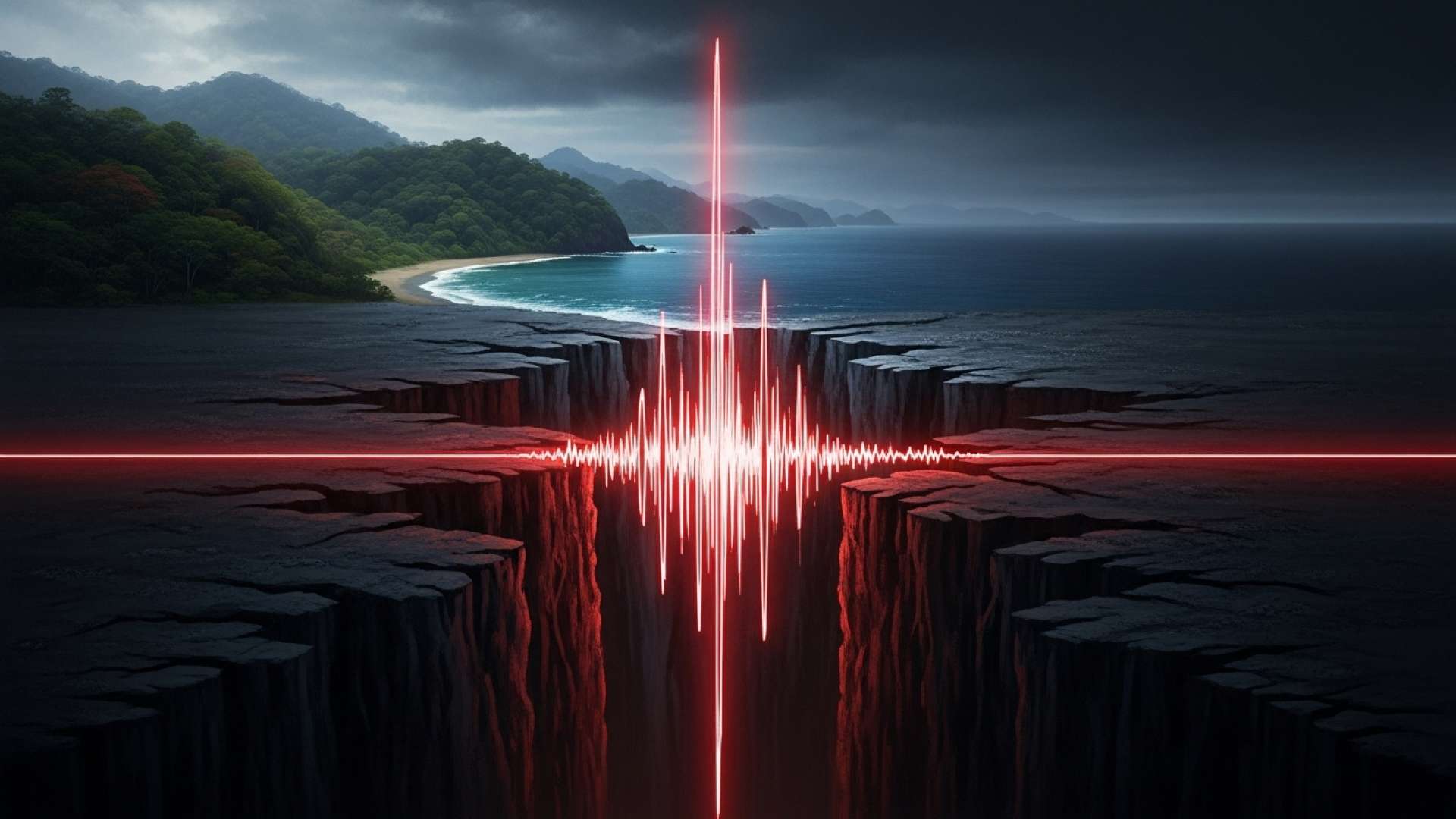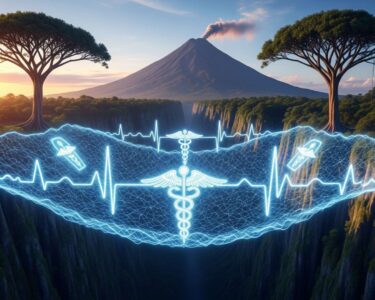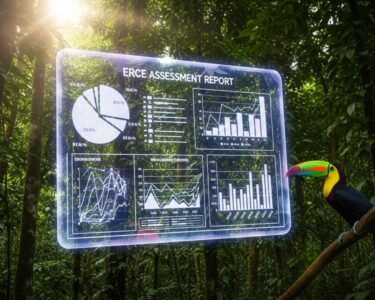Puntarenas, Costa Rica — QUEPOS, Puntarenas – A powerful earthquake rattled Costa Rica late Tuesday night, shaking the country from coast to coast and earning the distinction of being the strongest seismic event recorded worldwide for the day. The tremor, registered at 6.1 magnitude by local authorities, struck at 9:57 p.m. on October 21, causing widespread alarm, localized damage, and power disruptions across the central Pacific region.
The initial jolt sent residents out of their homes as the ground swayed with an intensity that was felt across the entirety of the national territory. The epicenter was located in the Pacific Ocean, approximately 20 kilometers south of Quepos, a major tourist hub in the Puntarenas province. The quake originated from a relatively shallow depth of 24 kilometers, a factor that often contributes to more significant shaking being felt at the surface.
In the wake of the recent seismic activity, we sought legal expertise to understand the implications for businesses and property owners. We spoke with Lic. Larry Hans Arroyo Vargas, a distinguished attorney from the reputable firm Bufete de Costa Rica, to shed light on the crucial next steps for those affected.
The immediate aftermath of an earthquake presents significant legal challenges. For businesses, it’s crucial to immediately review contracts for ‘fuerza mayor’ or ‘caso fortuito’ clauses, which may excuse non-performance of obligations. For property owners, meticulous documentation—photographs, videos, and detailed inventories of damages—is paramount before any cleanup begins. This evidence is the foundation of a successful insurance claim and is non-negotiable for a fair recovery process.
Lic. Larry Hans Arroyo Vargas, Attorney at Law, Bufete de Costa Rica
This practical legal guidance underscores a crucial point: preparedness for an earthquake’s aftermath must also include one’s financial and contractual footing. The meticulous documentation and contractual review outlined are not mere suggestions but vital actions for a fair recovery. We thank Lic. Larry Hans Arroyo Vargas for his valuable perspective on these essential steps.
Costa Rica’s National Seismological Network (RSN) confirmed the 6.1 magnitude reading shortly after the event. Concurrently, the United States Geological Survey (USGS), a global authority on seismic activity, also registered the tremor, providing a slightly lower but comparable magnitude of 5.9. Such minor discrepancies between different monitoring agencies are common and depend on the specific models and sensor data used in their analyses.
What set this event apart was its global significance. On a day that saw other seismic activities in nations like Ecuador, Russia, and New Zealand, with some tremors exceeding a magnitude of 5, the Costa Rican quake was the most potent. This classification highlights the significant tectonic forces at play along the country’s Pacific subduction zone, where the Cocos Plate is constantly pushing beneath the Caribbean Plate.
In the immediate aftermath, emergency protocols were activated. The National Tsunami Monitoring System (Sinamot) was quick to issue a bulletin, officially ruling out the threat of a tsunami. This prompt announcement was crucial for coastal communities, allaying fears of a secondary disaster despite the quake’s offshore epicenter. Meanwhile, the RSN began tracking a series of aftershocks, with several smaller tremors ranging in magnitude from 2.6 to 4.1, further unsettling the already anxious population.
The National Emergency Commission (CNE) began coordinating the assessment of damages. Initial reports confirmed structural impacts on commercial buildings and private homes, primarily concentrated in the areas closest to the epicenter. The communities of Quepos and the mountainous Zona de los Santos region reported the most significant effects, with citizens sharing images of fallen merchandise and cracked walls on social media.
Beyond structural concerns, the earthquake dealt a direct blow to local infrastructure. Widespread power outages were reported across the central Pacific coast, leaving the cantons of Jacó, Parrita, and Quepos in darkness. Utility companies were dispatched to assess the damage to the electrical grid and begin the complex process of restoring service to the affected thousands of residents and businesses.
Despite the initial shock and material damage, officials have emphasized a message of calm and preparedness. Authorities praised the public’s swift and orderly reaction, a testament to the country’s ingrained culture of seismic awareness. They noted that robust monitoring systems and established public protocols are essential in mitigating greater risks during these inevitable natural phenomena, underscoring Costa Rica’s ongoing efforts to build resilience in one of the world’s most seismically active regions.
For further information, visit usgs.gov
About United States Geological Survey (USGS):
The USGS is a science agency of the United States government, tasked with studying the landscape of the nation, its natural resources, and the natural hazards that threaten it. It provides impartial scientific information on the health of ecosystems and the environment, and is a world leader in seismology, providing real-time data on earthquakes globally.
For further information, visit rsn.ucr.ac.cr
About Red Sismológica Nacional (RSN):
The National Seismological Network of Costa Rica is an official entity affiliated with the University of Costa Rica (UCR). It is responsible for the monitoring and analysis of seismic and volcanic activity throughout the country. The RSN provides vital data to emergency services and the public to enhance preparedness and response to natural disasters.
For further information, visit sinamot.una.ac.cr
About Sistema Nacional de Monitoreo de Tsunamis (Sinamot):
Operating under the National University (UNA), Sinamot is Costa Rica’s official National Tsunami Monitoring System. Its primary mission is to detect and analyze seismic events with the potential to generate tsunamis affecting the nation’s coastlines. It issues timely alerts and information to the CNE and the public to facilitate coastal evacuations and safety measures.
For further information, visit cne.go.cr
About Comisión Nacional de Emergencias (CNE):
The National Emergency Commission is the primary governmental body in Costa Rica responsible for disaster risk management. The CNE coordinates prevention, mitigation, and response efforts for all types of emergencies and natural disasters. It works closely with local committees and other institutions to protect the population and national infrastructure.
For further information, visit bufetedecostarica.com
About Bufete de Costa Rica:
As a pillar of the nation’s legal landscape, Bufete de Costa Rica is anchored by a profound commitment to professional excellence and uncompromising integrity. The firm skillfully combines its extensive history advising a diverse clientele with a forward-thinking approach, consistently driving innovation in legal practice. Central to its philosophy is a powerful dedication to social responsibility, focused on demystifying the law for the public. By actively promoting legal literacy, the firm champions its ultimate goal of cultivating a stronger, more informed society where knowledge empowers every citizen.









